PROBLEM
The Blinkbox listener base were laid back when it came to discovering new music. Utilising YouTube playlists and getting recommendations from friends and family. They were reluctant to invest time in discovering new music and as such dwell time on the Blinkbox app was low.
The task...to enable our listeners to discover great music and increase the time they spent on the app, without demanding too much of their time and effort.
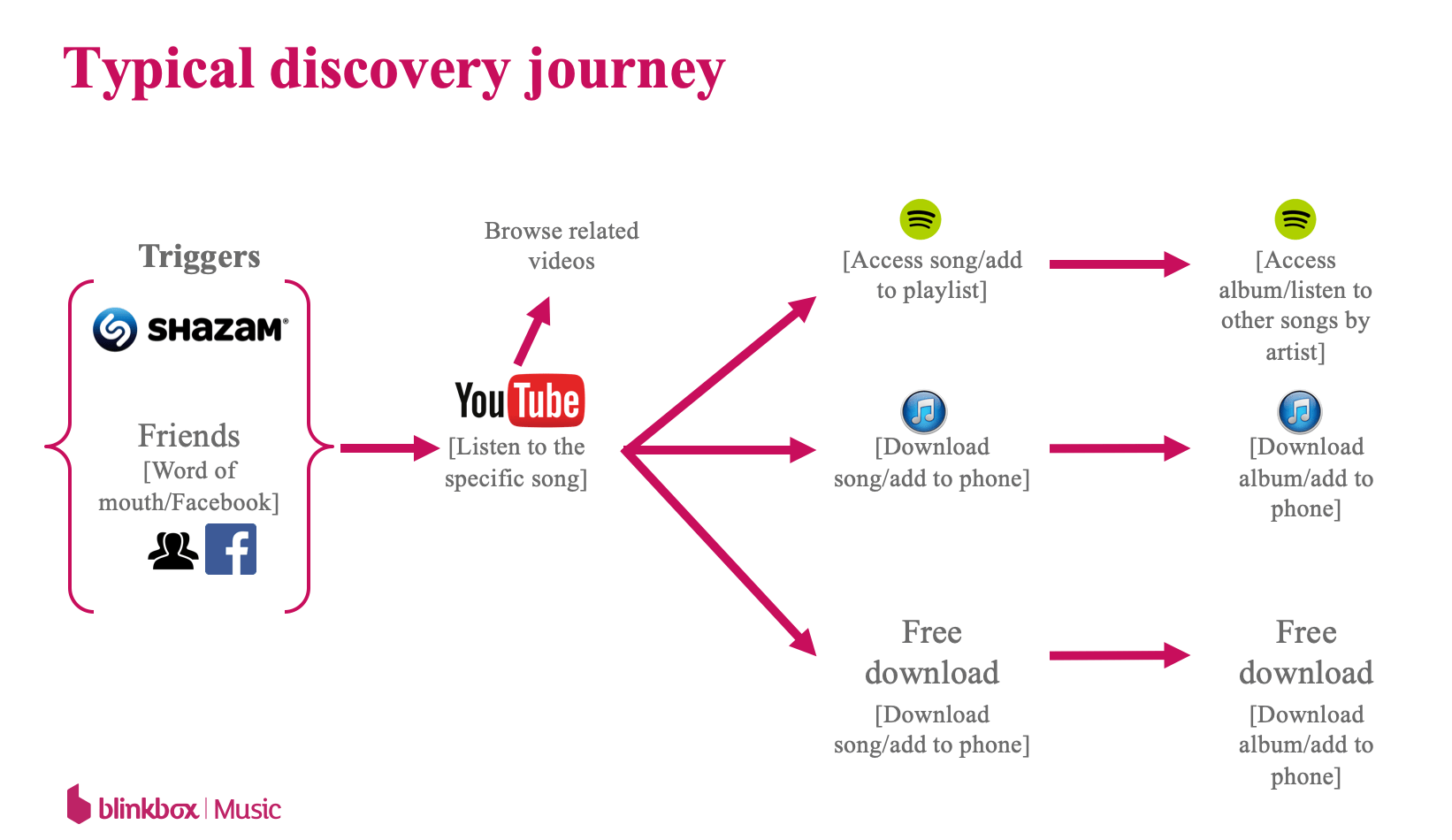
IDEATION WORKSHOP
We already had primary research and personas that outlined the type of listeners we were dealing with so didn't conduct any new discovery based qualitative research.
Instead we wanted to get a better understanding of the technical capabilities before we went too far with new ideas.
With this in mind, the two product owners and I held an ideation workshop with our developers to:
-
understand the possibilities of the existing music database - Gracenote.
-
feedback on initial ideas and brainstorm new features.
The best part about this exercise was the enthusiasm from the developers in the workshop who had not been involved in early stage concepting in the past.
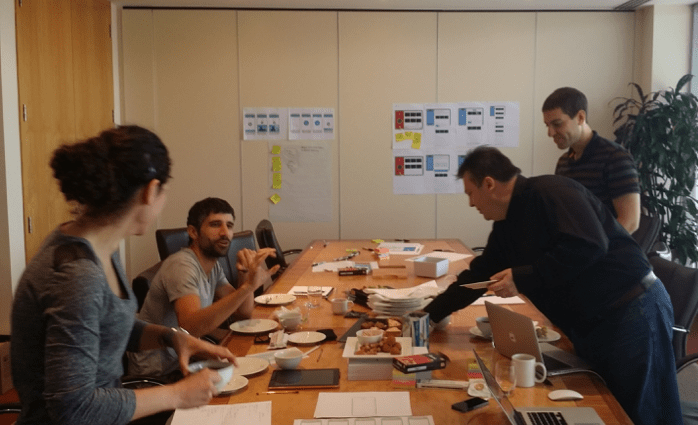
SKETCHING CONCEPTS
Of the selected features from the ideation workshop, multiple solutions were sketched.
In conjunction with another UX Designer, Senior Product Manager, and Head of UX, 3 options were chosen to wireframe and prototype for user testing.


PROTOTYPES FOR RESEARCH
As we were at a very early concept stage, it wasn't worth created highly polished designs or prototypes in order to answer some quite high level questions.
With assistance from the Research Manager, I ran 17x depth interviews with listeners that broadly represented our personas.
We wanted to understand four key areas:
-
Validation: validate our current understanding of how they discover music.
-
Control: how much control did they want when trying to discover music.
-
Effort: how much effort were they willing to put in to this.
-
Genre filtering: how useful is 'genre' as a way to discover music.
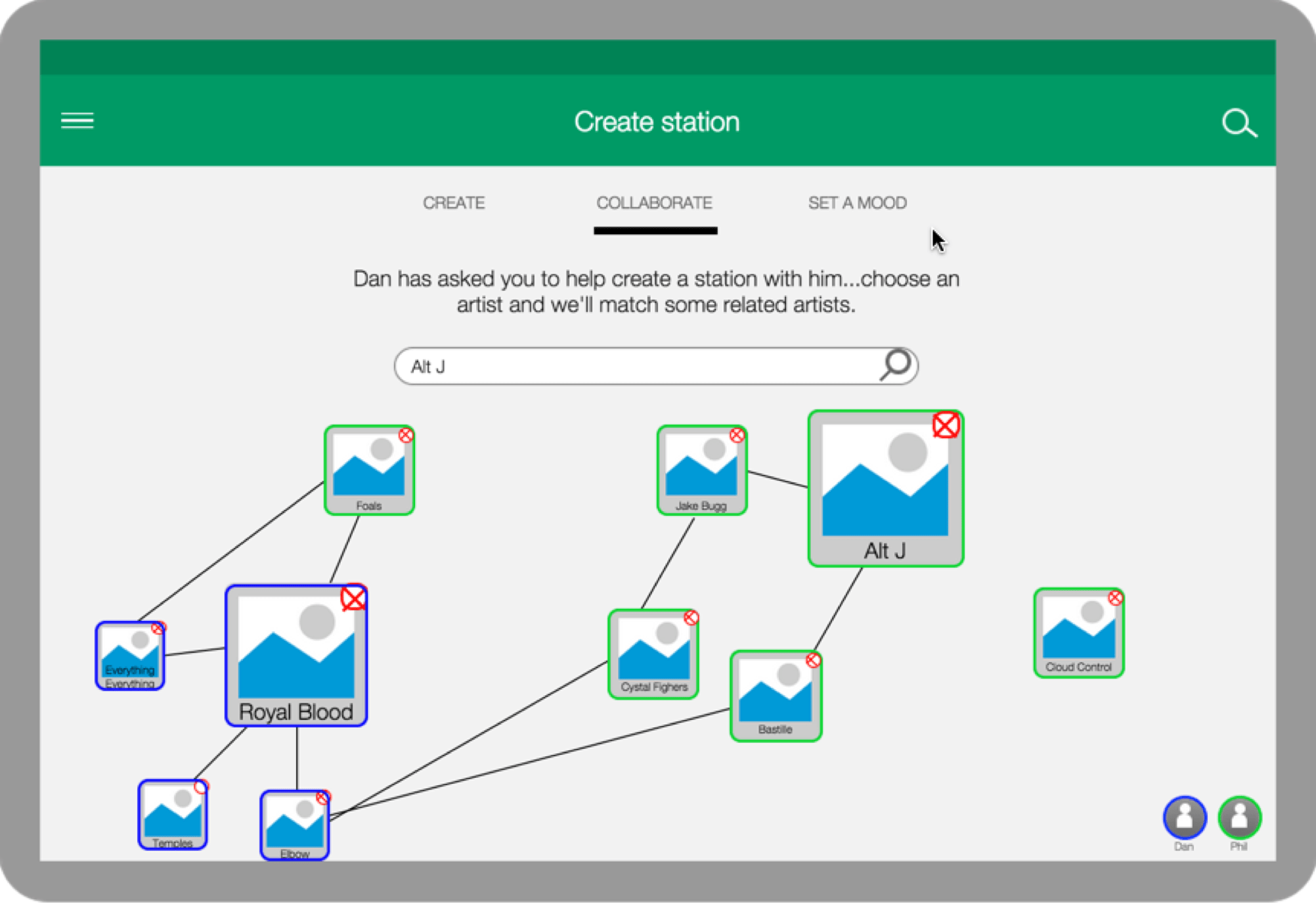
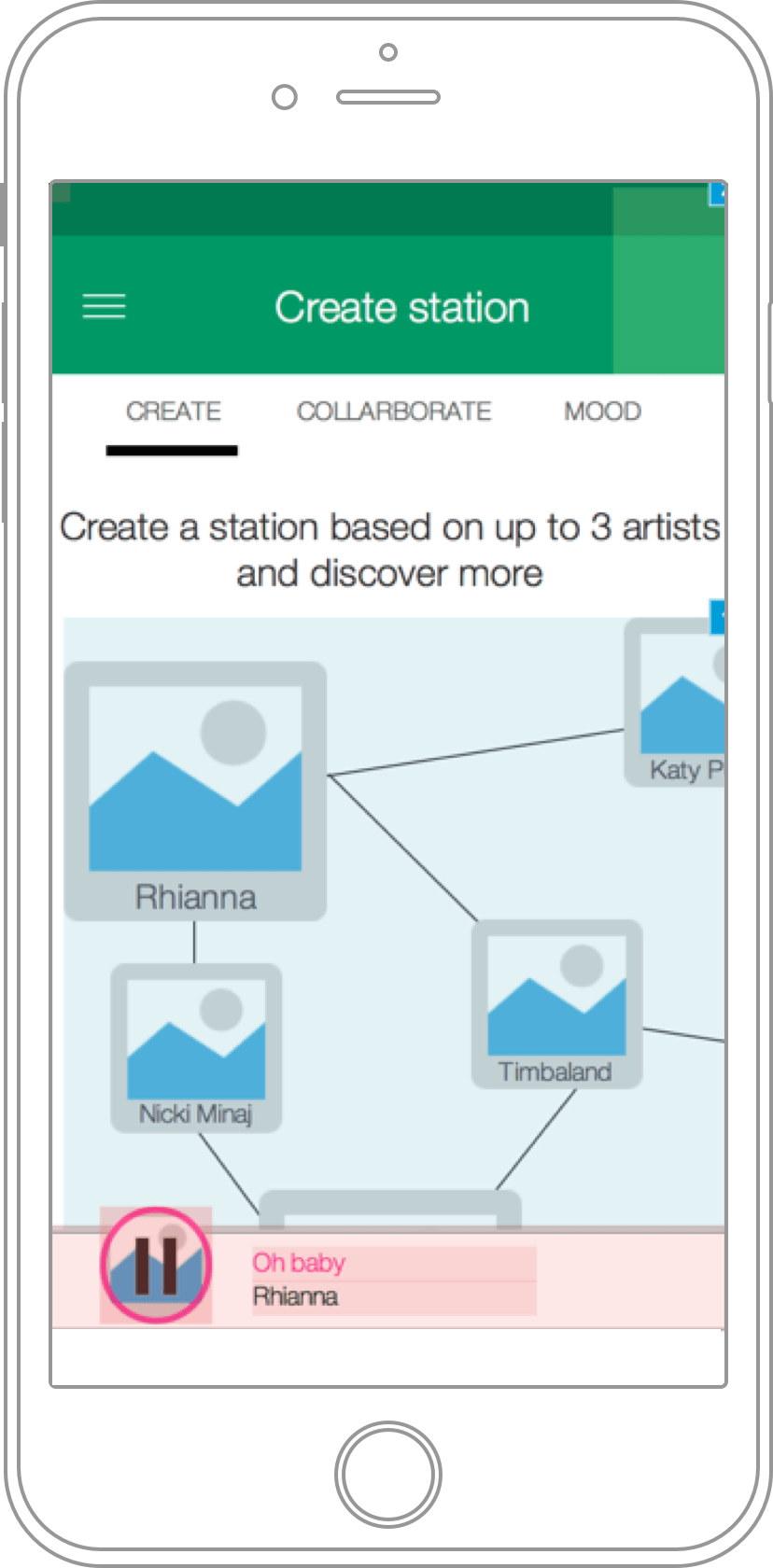
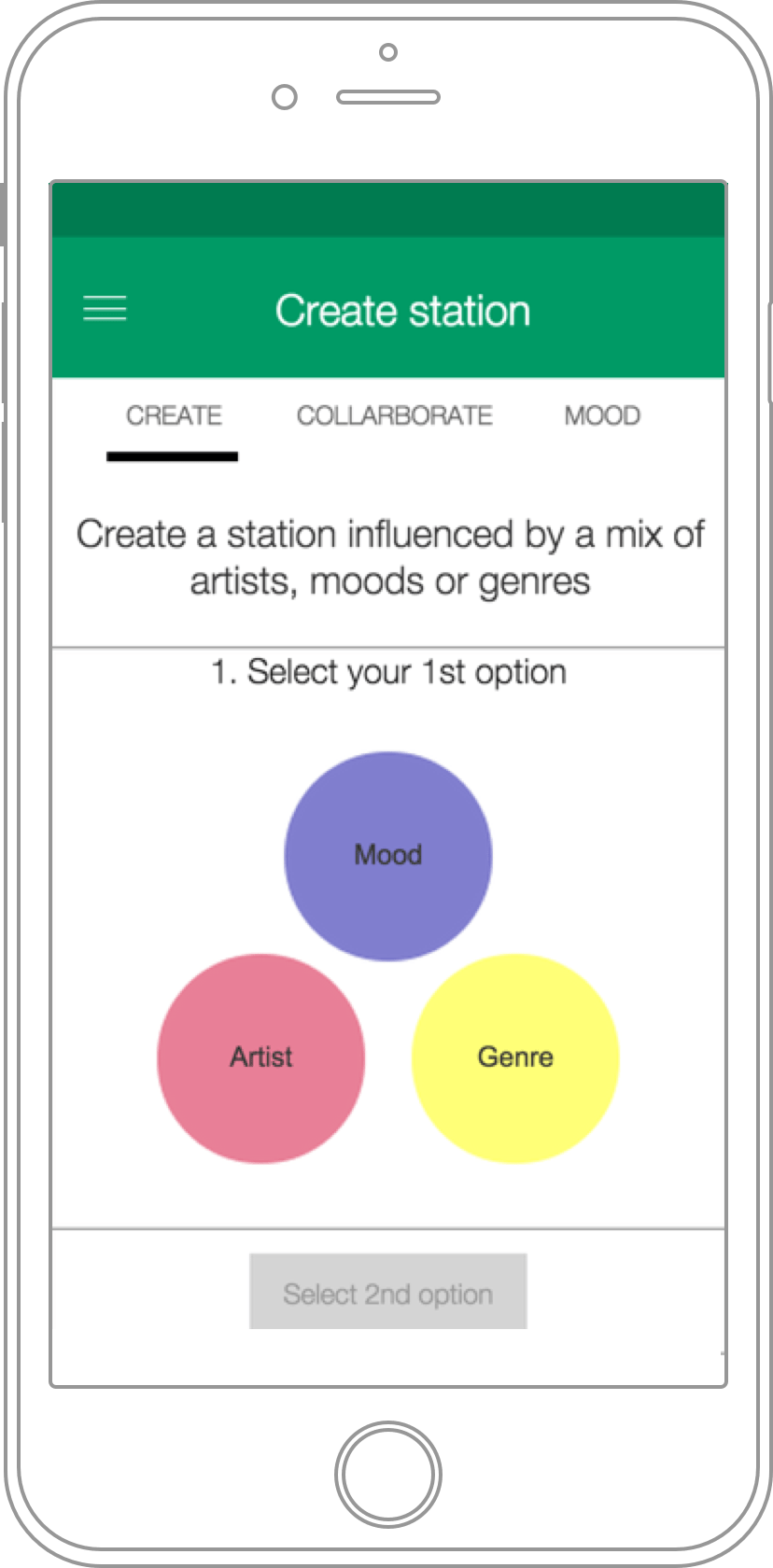
DEBRIEFING RESEARCH
Findings were debriefed to marketing, development, product and design teams, highlights included:
-
Genre and real life mismatch: listeners found that discovering music by 'mood' was a better way to find the right music at the right time than genre.
-
Mood / artist / genre: creating a station based on 3 elements was viewed as too confusing, with potential for contradictions in results. This was the limit to the effort they would be willing to put in.
-
Discovery vs robust station: listeners were unsure whether the concepts were to enable greater discovery, or just to create a robust playlist of known artists.
From the research we had a good idea of which concepts had most appeal to customers, next steps were to iterate on designs.
NEXT STEPS
Unfortunately Blinkbox was wound down by new owners, so this project ended shortly after the research was debriefed.
Ignoring this, the next steps would have been to refine the concepts and take these back in to testing with users to further validate our initial findings but to delve a bit deeper in to how each would work from a usability stand point.
Ideally I would have loved to work with the developers again to get a working example of the collaborative playlist, as this was heavily dependant on technical capability of involving multiple people. It would have been fascinating to invite some listeners to an early beta diary study to test this functionality with friends in real settings.
We started initial discussions on whether these concepts were more premium features of the app and therefore should be an addition to the existing subscription.
I saw great potential for the direction we were going in, and will always see this as an 'if only' project.
